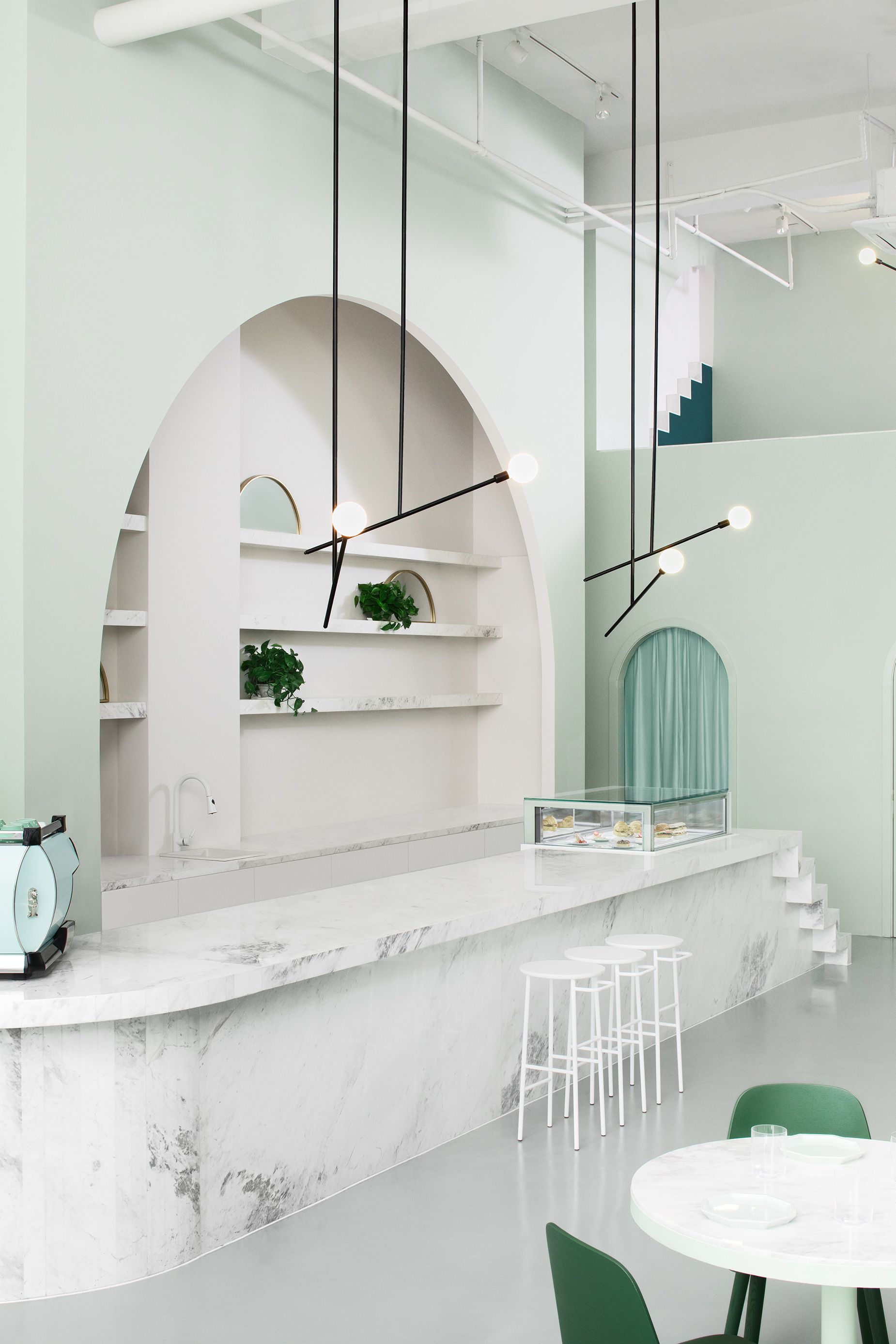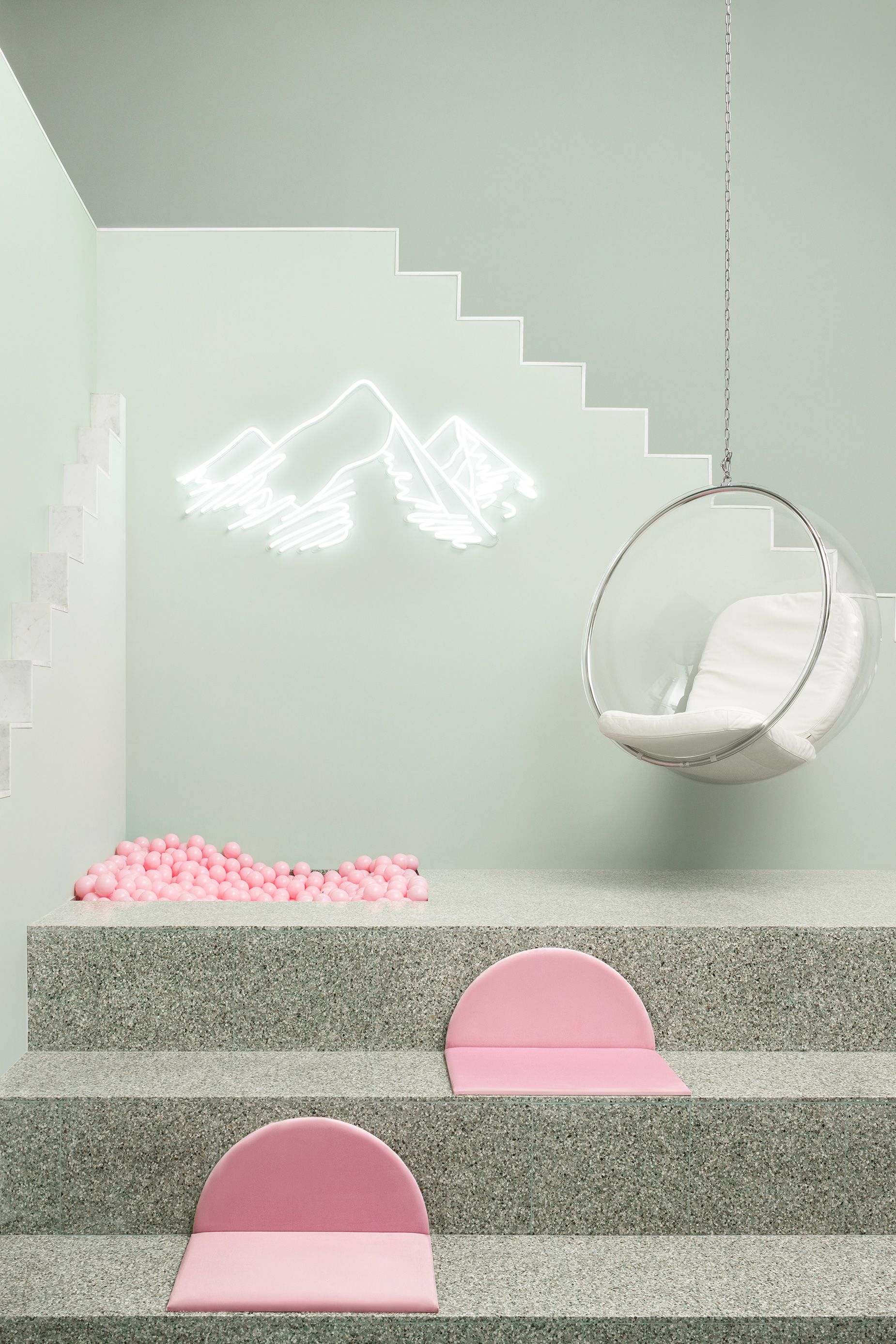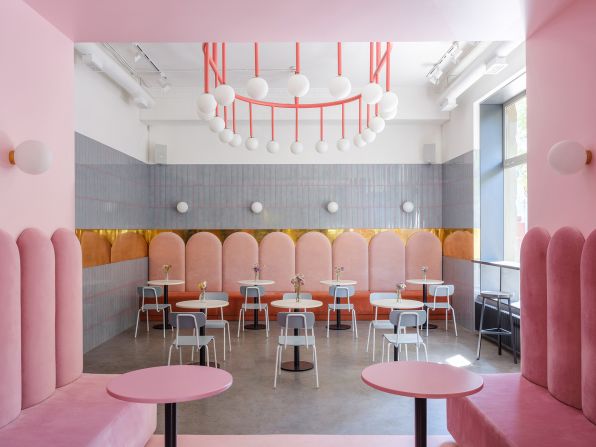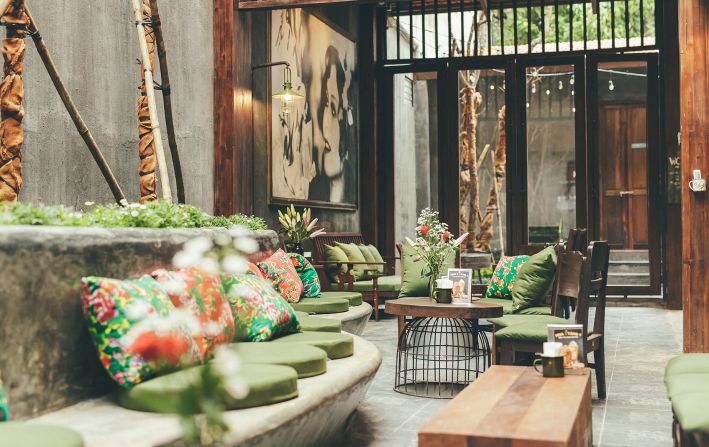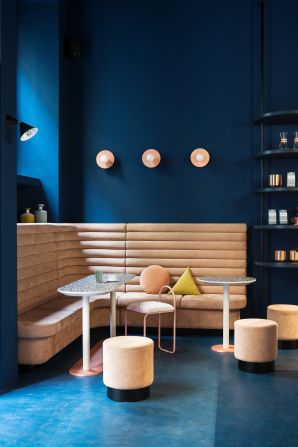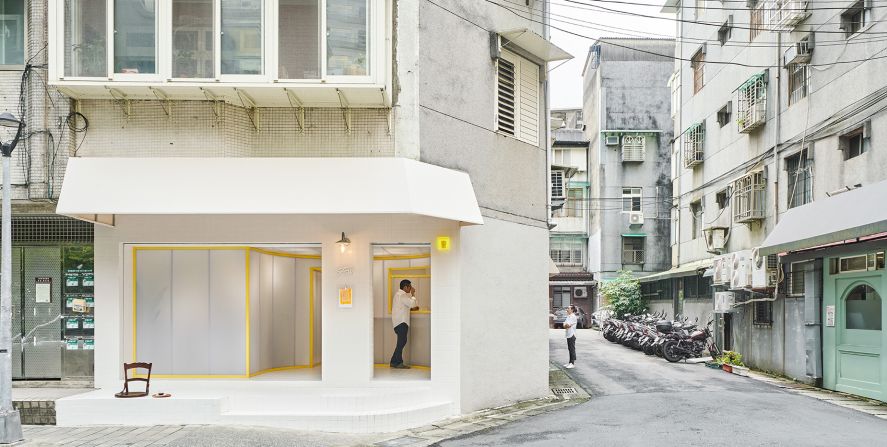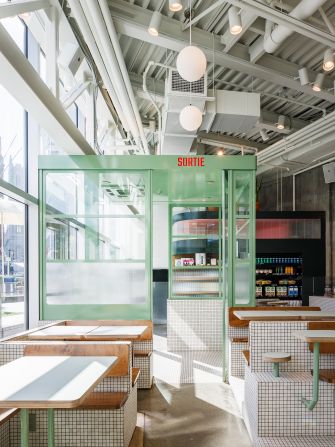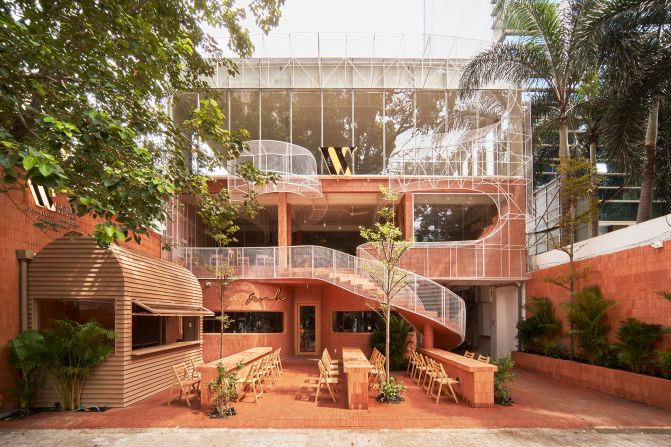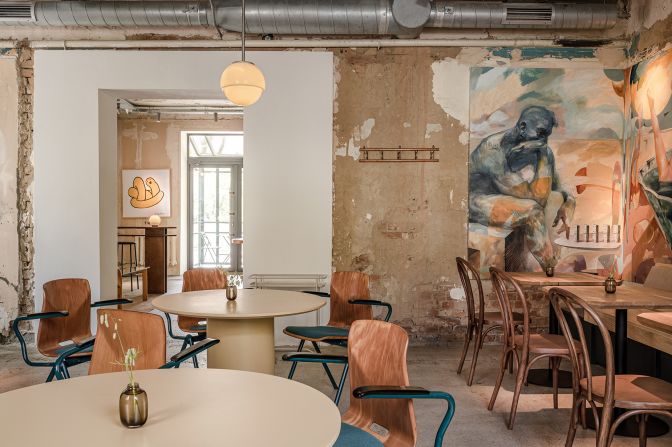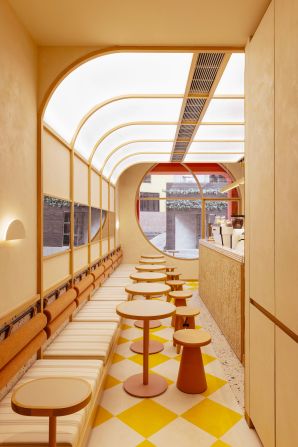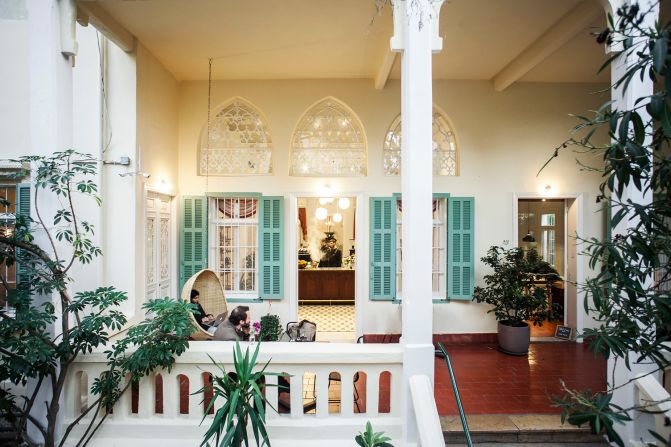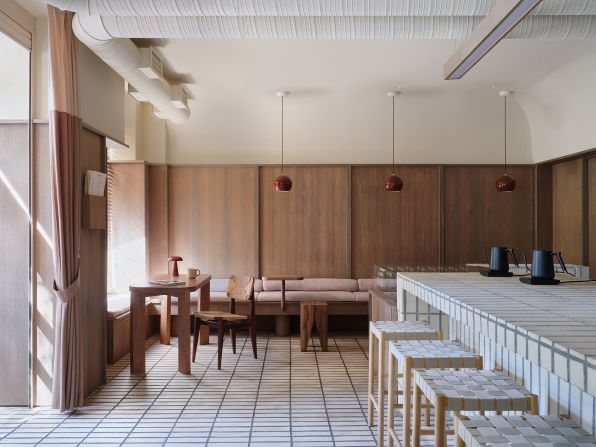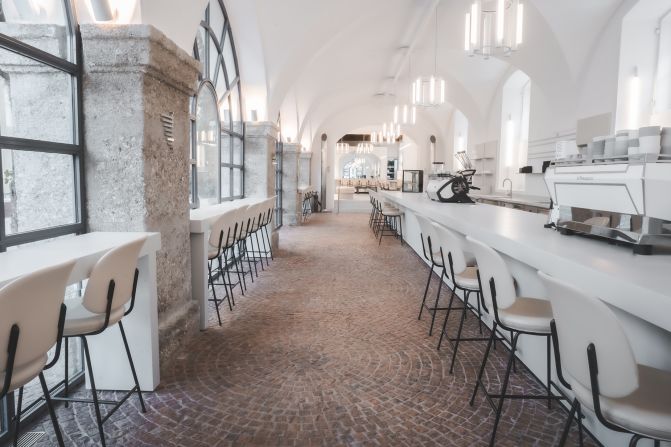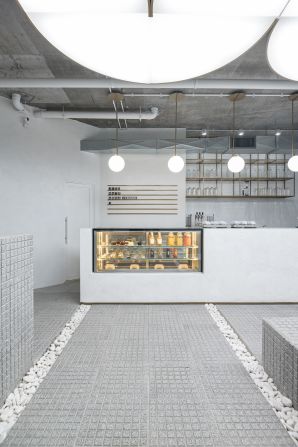(CNN) — As visitors step into The Budapest Café in Chengdu, China, they’re not just treated to a cup of coffee. Rather, they are immediately transported into a space right out of a Wes Anderson movie, thanks to the pastel hues, whimsical furniture and a series of arches and archways, which are meant to mimic the filmmaker’s signature symmetrical one-point perspectives.
The Budapest Café is one of many eye-catching businesses featured in “Designing Coffee: New Coffee Places and Branding,” a coffee table book — no pun intended — that puts the world’s most photogenic, eccentric cafés and roasters on display.
The book, from author and coffee expert Lani Kingston, who also teaches a course titled “The Anthropology of Coffee” at Portland State University, serves as a reminder that, beyond a good brew, a well-curated aesthetic is today indispensable to a coffee shop building customer loyalty, and standing out in an increasingly competitive social media landscape. (Having viral latte art is no longer enough, it would seem.)
See inside some of the world's most beautiful coffee shops
In a world where competitors are often crowded together or even lined up next to one another on the same city block, many cafés are doing whatever it takes to stand out. Or, rather, to let their coffee stand out.
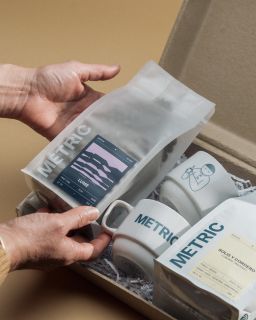
Minimalism is not just a trendy choice, but a conscious decision when it comes to branding and aesthetics, Kingston told CNN, as it allows a business to communicate that they’re all about their roast.
Take, for instance, Chicago’s Metric Coffee, which underwent a brand overhaul to this effect in 2020. Xavier Alexander, the retailer and roaster’s co-founder, told CNN that the right branding is pivotal in the coffee business, as “a new brand coming out every single day.”
According to Alexander, Metric Coffee refined its visuals to reflect its core values: transparency and sustainability. The word “coffee” was dropped from the company’s logo, which now simply features the word “Metric” in a sans serif blue logotype; coffee cups and bags are plain white, bearing minimal illustrations, the logo and required text. The goal? To convey simplicity and let Metric Coffee’s products shine on their own.
“It’s a more humble approach to providing a product in the market that people can feel good about,” Alexander told CNN, adding that customers have generally welcomed the branding changes.
Among coffee shops catering to a younger demographic, however, Kingston noted a pendulum swing towards the opposite of minimalism — or “cluttercore,” as she (and other Gen Z trendwatchers) have dubbed it. Plants, figurines, books and other paraphernalia furnish shelves and walls “to captivate people and keep their attention,” Kingston said, and offer an engaging environment that’s easy to lose track of time and place in. Maximalist, thematic decor also makes a great backdrop for photos and videos shared on social platforms like Instagram and TikTok.
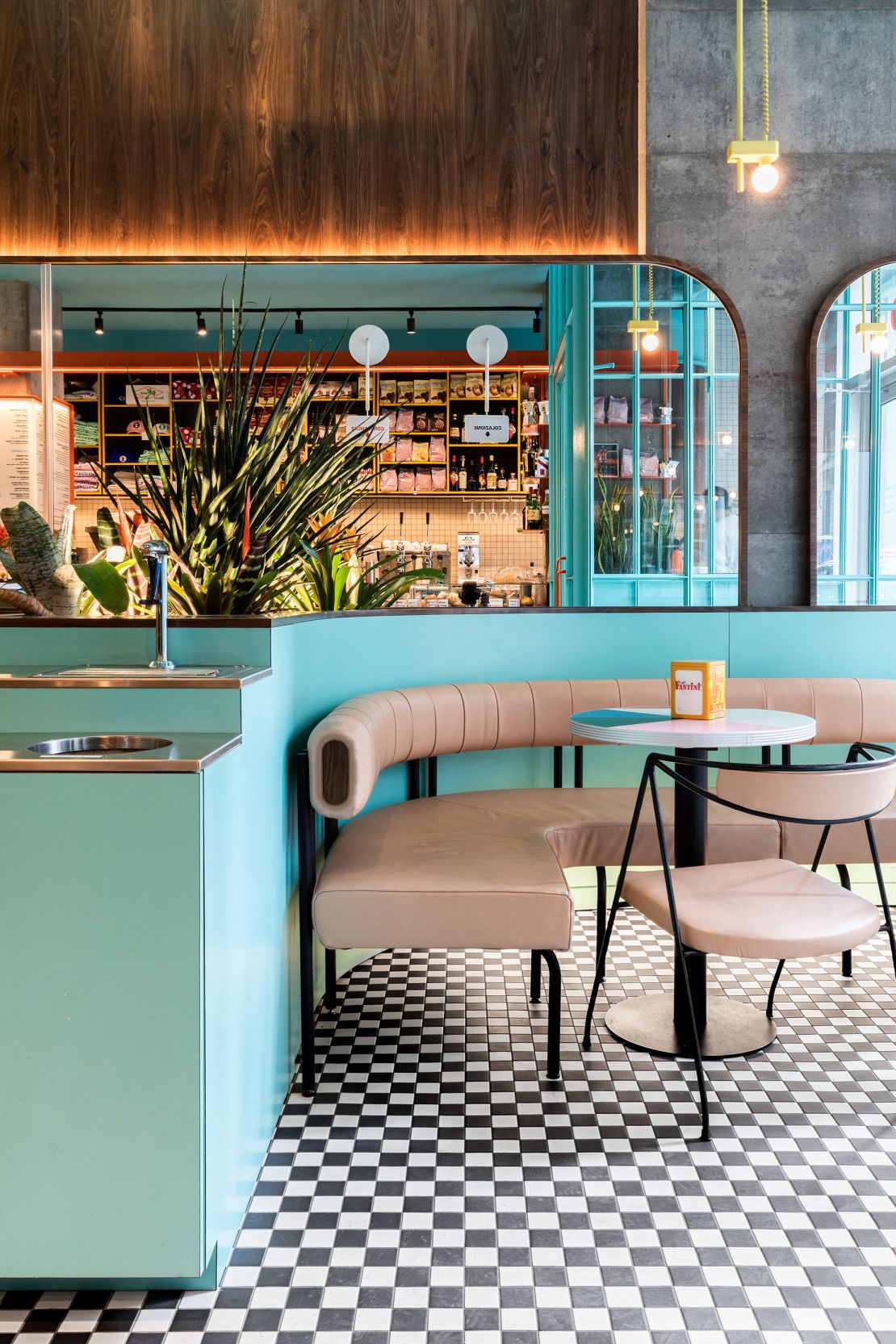
Coffee shops in “concrete jungles” often emphasize vibrant paint, furniture and decor to contrast the monochromatic buildings surrounding them, Kingston told CNN. Cafés draped in vivid colors “promise a sense of intrigue.” “They’re saying ‘hey, come in and experience something different from what is out there,’” she explained.
Not your average joe
Kingston handpicked nearly 60 coffee brands spanning six continents to spotlight in “Designing Coffee,” Some of the most “unique and really creative” venues were concentrated in Asia, she said, though she limited her choices to no more than a couple of cafés from any given country.
One of her favorites is Fritz Coffee Company in Seoul, South Korea. Despite being instantly recognizable thanks to its illustrated logo of a seal holding a cup of coffee, what makes the café chain’s branding successful, Kingston said, is that the endearing mascot is used sparsely.
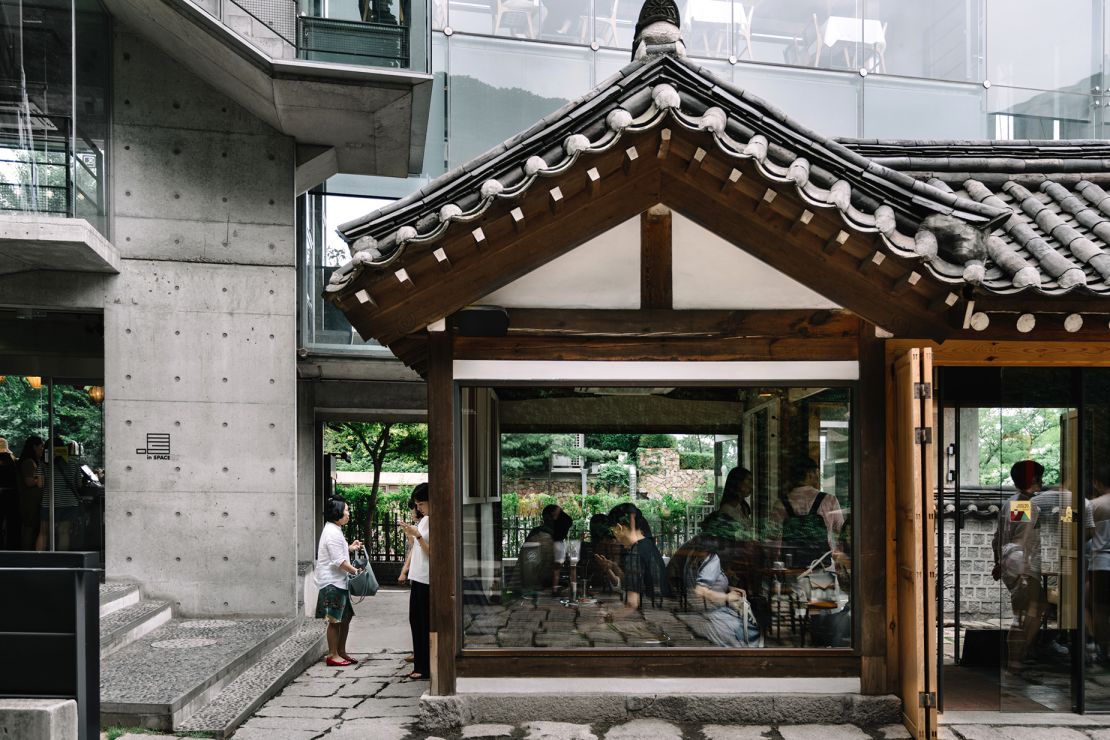
Fritz Coffee Company blends “retro and modern elements of Korean culture” to build out its brand identity, she wrote. One of its five locations (pictured above) was built out of a traditional Korean house, or “hanok,” complete with a traditional tiled roof. Step inside, however, and the building features dark, sleek modern decor.
Good packaging can be just as important. Belfast-based brand Process Coffee encases its coffee beans in boxes resembling VHS tapes, for example, Its founder, Ben Hamilton, wanted to combine his interests in both coffee and skateboarding, while making a product that playfully evokes pop culture history.
In the 1980s and 90s, skateboarding skyrocketed in popularity thanks to homemade videos capturing tricks and stunts. Thus, Process Coffee is centered around the VHS, a symbol which “alludes to skate culture yet still provides a sense of nostalgia for those who aren’t aware of this connotation,” Kingston wrote.
“It speaks to (Hamilton’s) passions and interests,” she added. “It really showed how you can bring your own personal style — you don’t have to follow the norm when you’re creating your brand.”
Curating buzz
Some coffee shops are vying to become a go-to destination by creating experiences akin to “immersive” art exhibitions or museums. Others are inspired by popular TV shows and movies, or modeled after the aspirational culture surrounding coffee’s place in and around the world.
Melrose Café, a Hong Kong-based café, is inspired by Los Angeles coffee culture: the shop’s pink and yellow color palette is meant to invoke the iconic West Coast sunsets; its menu includes California-inspired dishes like avocado toast.
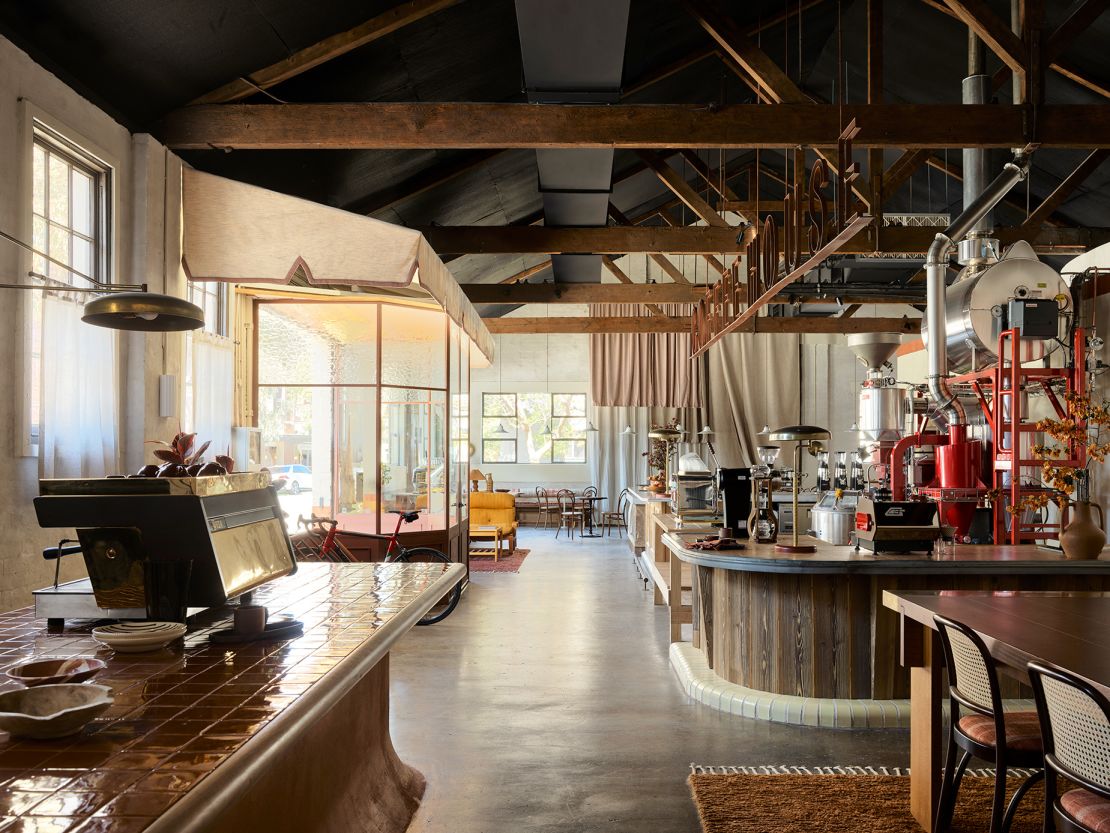
Elsewhere, Genovese Coffee House (pictured above) in Sydney, Australia drew inspiration from Italian coffee culture. The owner, whose lineage traces back to Italy, looked to his family’s “three generations of coffee roasting” when designing the space. The exterior mimics a “traditional, Italian street-front shop,” Kingston wrote, and the interior features European café furniture and vintage Italian coffee brewers.
But regardless of palette, presentation or design inspiration, there is a common threat uniting all the coffee shops in Kingston’s book: They are communal spaces to relax, spend time with friends, and of course, indulge in a pastry and a delectable cup of joe.
”The coffee shop has, for centuries, been the world’s living room,” Kingston said. “It’s been a place for people to meet outside of their homes. People like to go to places where they feel comfortable and they enjoy their surroundings, and things that are visually aesthetically pleasing to them.”
